Winter is back with a bang, along with all the colds and flu the season brings. The CDC has reported the highest levels of influenza in more than a decade, with 13 million cases since early December 2022. Rising cases of respiratory syncytial virus (RSV) along with this year’s variation of influenza are in the air and being shared with every holiday gathering and germy kiss from little ones. Sinus infection sufferers know the difficulty of getting through winter without an antibiotic.
Here are some helpful tips for keeping your nose clean this season.
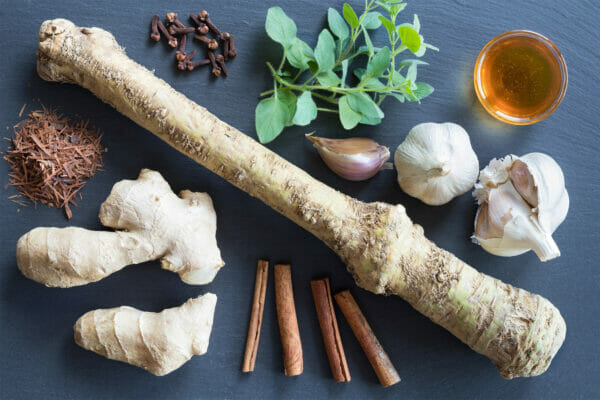
Food is medicine or poison. The holidays are over! Start this year with a clean slate and avoid inflammatory mucus producing foods such as dairy products and simple sugars, including sweet drinks like juice or “natural” sugars. Sugar also stunts your immune response. Refined flours, fried and processed foods can also inflame your mucus membranes, which can swell and promote an ideal growing space for viruses and bacteria. Foods with a “kick,” like cayenne, garlic, onions and horseradish, can promote sinus drainage and keep your airways flushed out. These are also strong anti-microbial agents and are easy to incorporate into your diet.
Facial lymphatic drainage massage and sinus irrigation are simple, at-home solutions for sinus infection sufferers. When your sinuses are feeling full and tender, a gentle face massage over a steam inhalation of essential oils can help open up those stuffed passages. Put a few drops of eucalyptus, tea tree or lavender essential oil in a bowl full of steaming water, then lean over and gently rub the areas over and below your eye sockets, then across the tops of your cheeks from the bridge of your nose out to your ears. Then massage your forehead from between your eyebrows to your temples. As your sinuses start to drain, breathe in the essential oils, which are antimicrobial and soothing to your mucus membranes. Sinus irrigation with warm saline can physically flush out and remove mucus membrane irritants like dust and pollen. Add in a splash of colloidal silver for a gentle, but effective, antimicrobial flush.
NAC (N-acetyl-cystine) is a strong antioxidant and precursor to glutathione, your major detoxifier. It also thins mucus secretions so they can drain more effectively and helps disrupt pathogen biofilms that hide bacteria, viruses and mold in the sinuses. NAC can be safely taken orally at fairly high doses. Typical doses can be up to 3000mg daily with acute infections and 1000mg for preventative daily dosing. Utilize reputable sources for high quality supplements, such as FullScript, Wellevate or your local compounding pharmacy or health food store.
For those who suffer from chronic sinus infections, it’s time to get to the root cause with your health care provider. Find out what unresolved health issues are still lingering long after they should be gone. Chronic infections from viruses, bacteria, molds, environmental allergies, irritants (tobacco, pollution, pesticide, heavy metal and mold exposure), food allergies, gut dysbiosis, hidden dental infection and sinus pressure activities (swimming, scuba diving, flying in planes) can all be contributors that need to be further explored.
Dr. Sonja Fung is a primary care naturopathic doctor with a focus on integrative cancer care and PRP regenerative joint injections at Live Well Clinic in La Quinta. Her clinic offers B vitamin injections, IV nutrients, detox and weight loss programs and specialty functional lab tests for a personalized health plan. For more information, call (760) 771.5970 or visit www.livewellclinic.org.
Sources: 1) https://www.cdc.gov/flu/weekly/index.htm; 2) https://pubmed.ncbi.nlm.nih.gov/32780893/; 3) King, David et al. “Saline nasal irrigation for acute upper respiratory tract infections.” The Cochrane database of systematic reviews vol. 2015,4 CD006821. 20 Apr. 2015, doi:10.1002/14651858.CD006821.pub3; 4) Blasi, Francesco et al. “The effect of N-acetylcysteine on biofilms: Implications for the treatment of respiratory tract infections.” Respiratory medicine vol. 117 (2016): 190-7. doi:10.1016/j.rmed.2016.06.015; 5) https://pubmed.ncbi.nlm.nih.gov/22742534/; 6) https://www.healthline.com/health/sinus-massage; 7) https://www.mountsinai.org/health-library/condition/sinusitis; 8) https://pubmed.ncbi.nlm.nih.gov/30178886; 9) https://www.cochranelibrary.com/cdsr/doi/10.1002/14651858.CD010591.pub2/full
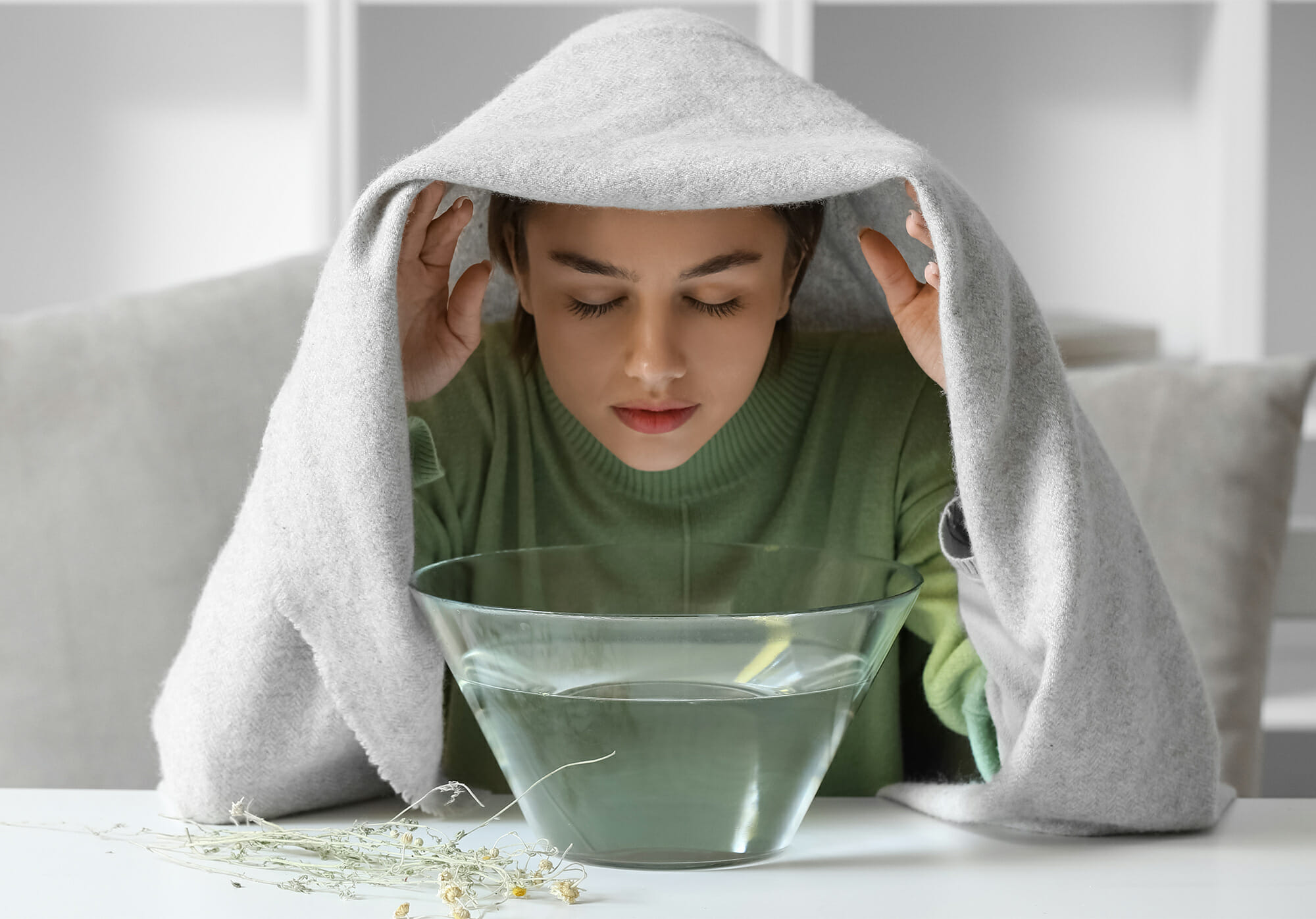








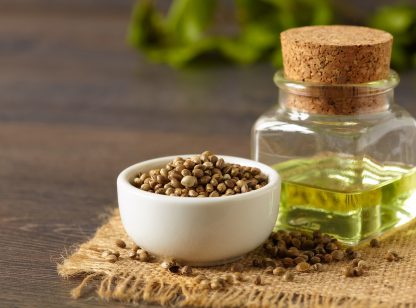



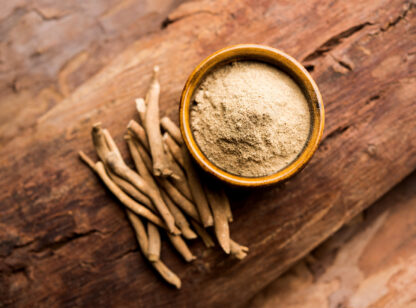

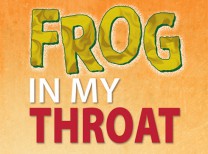
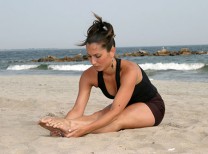

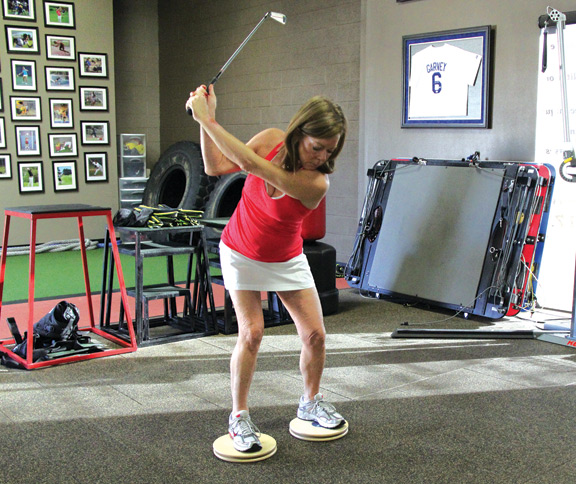




























Comments (0)